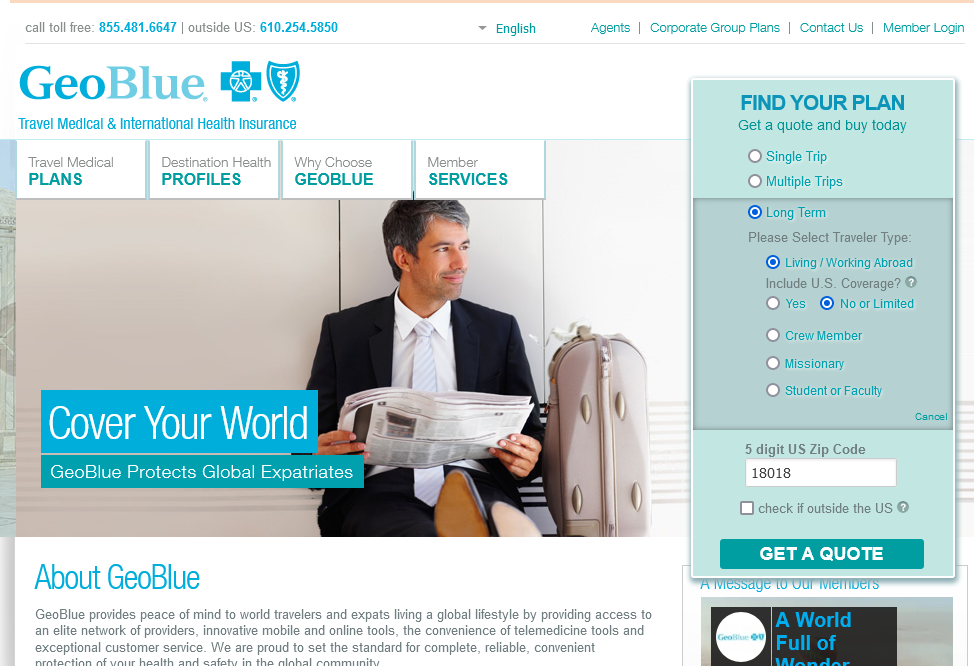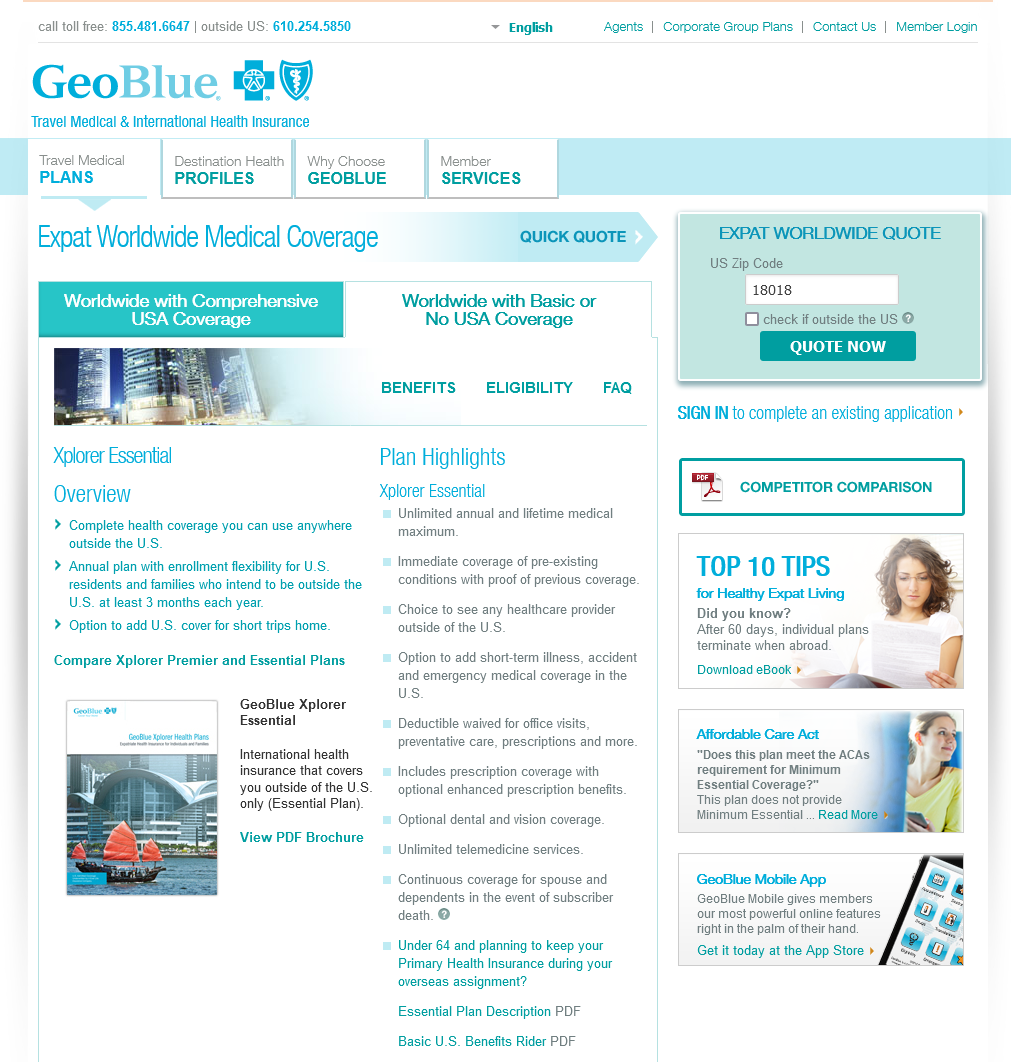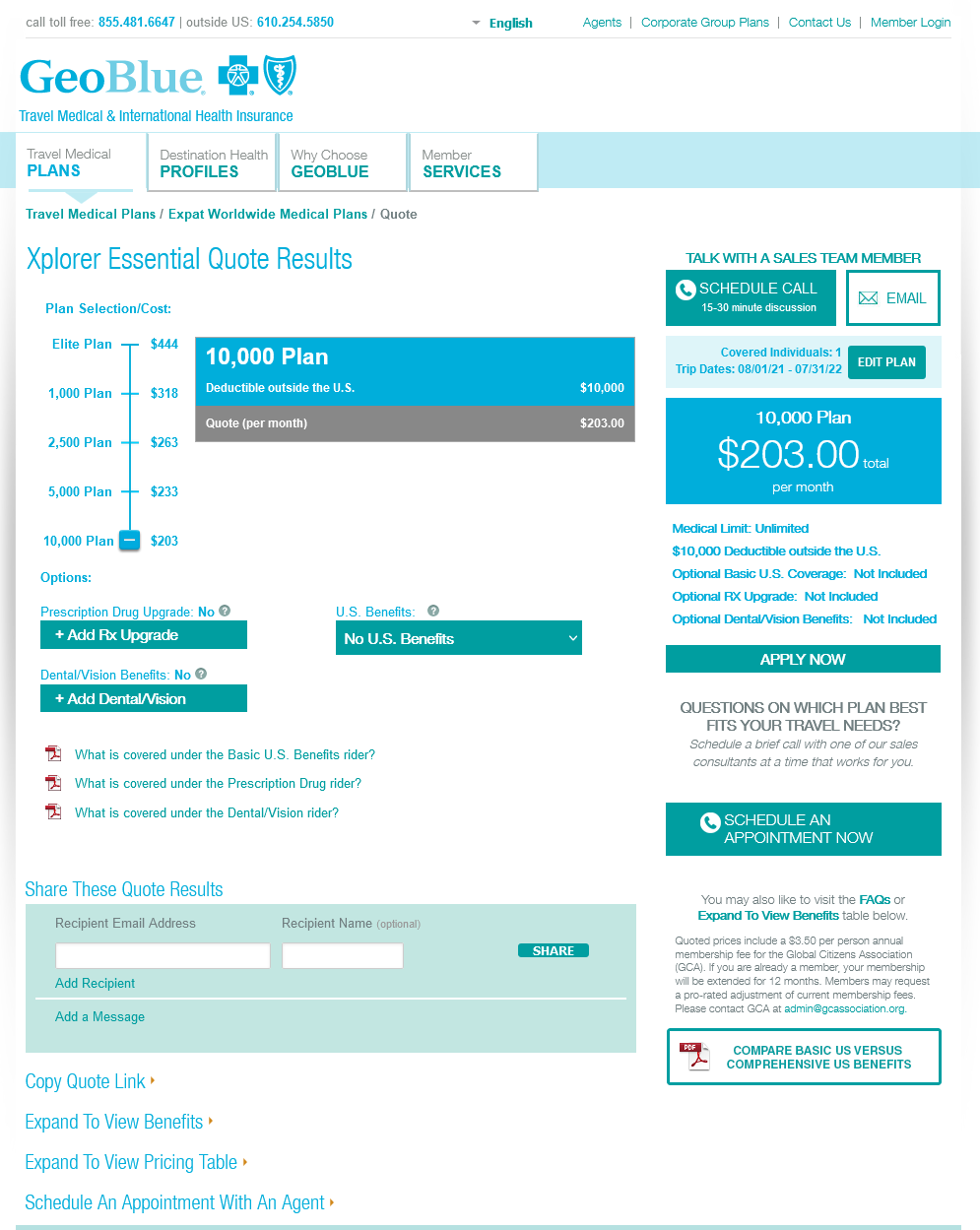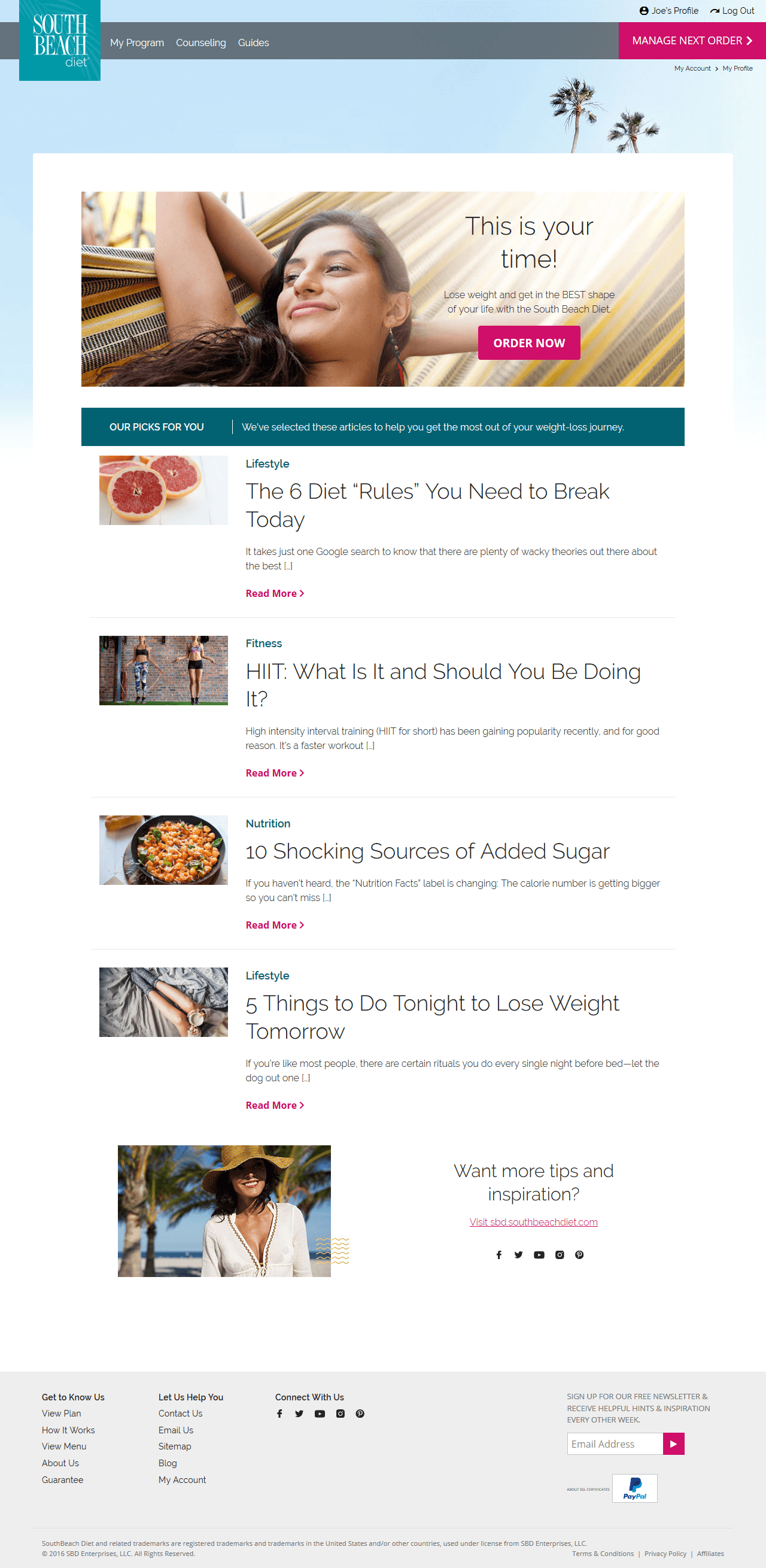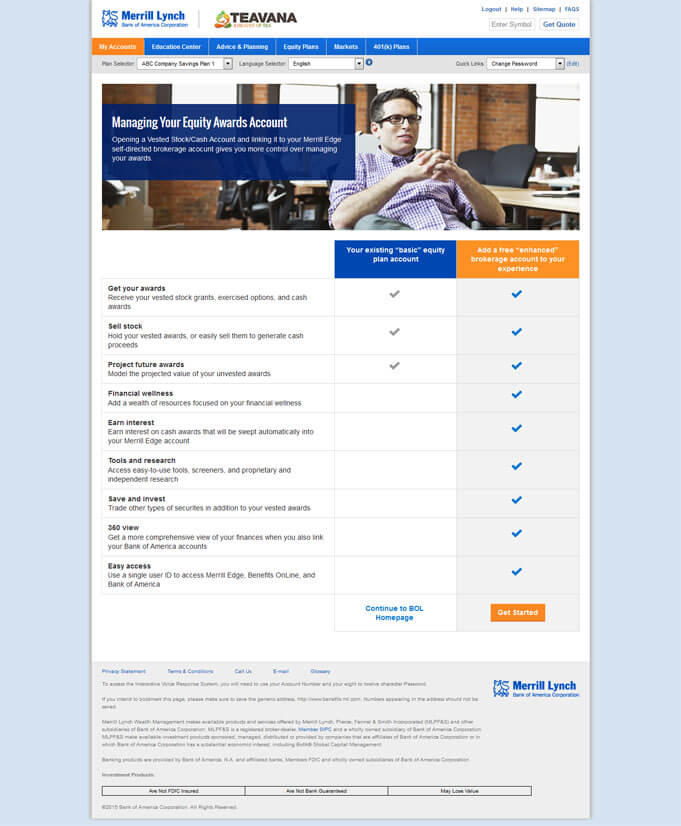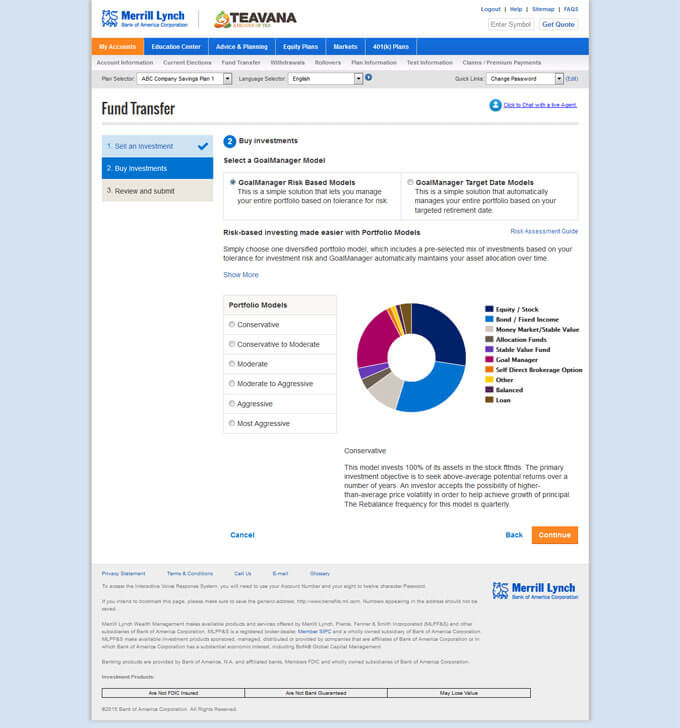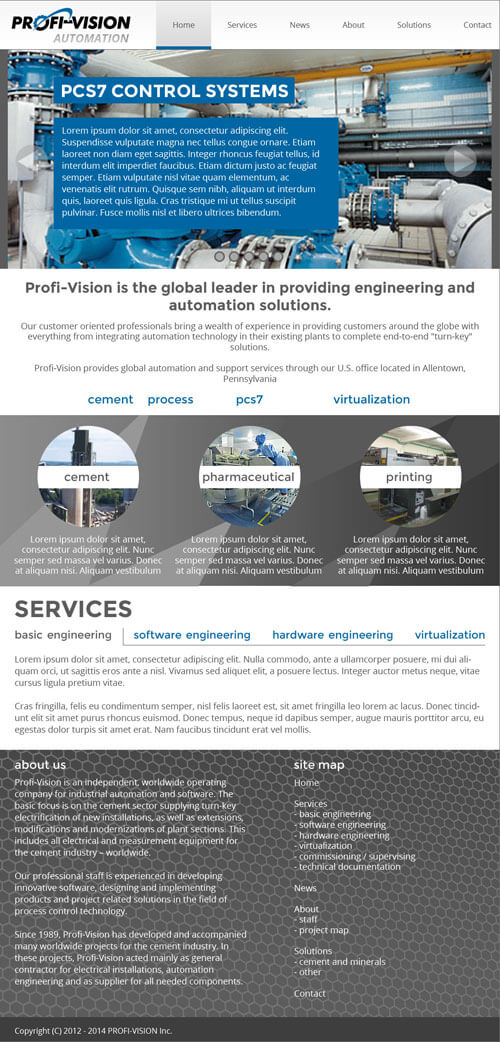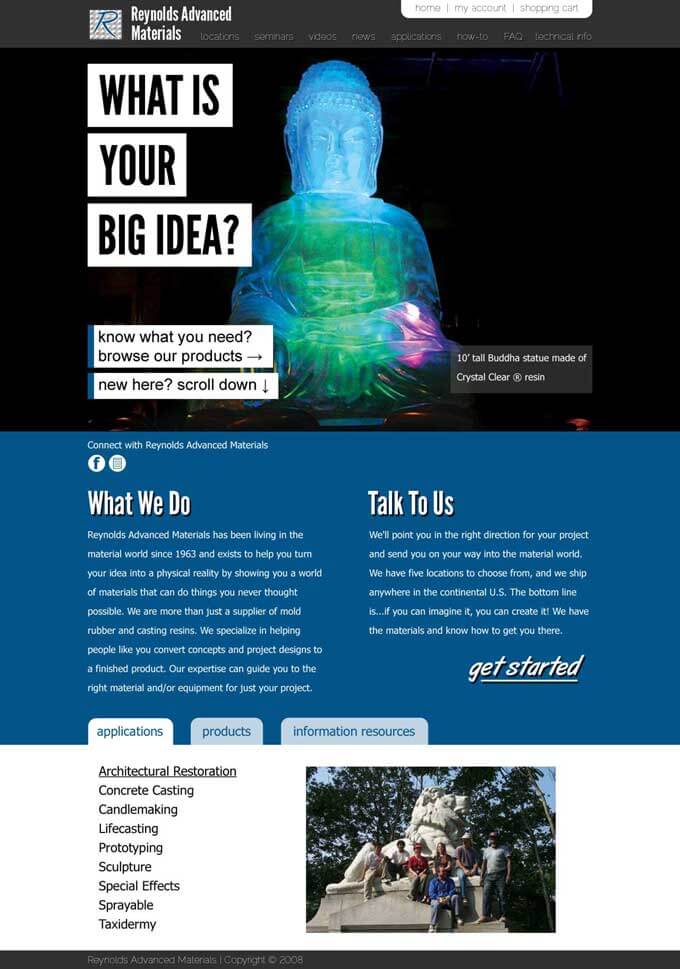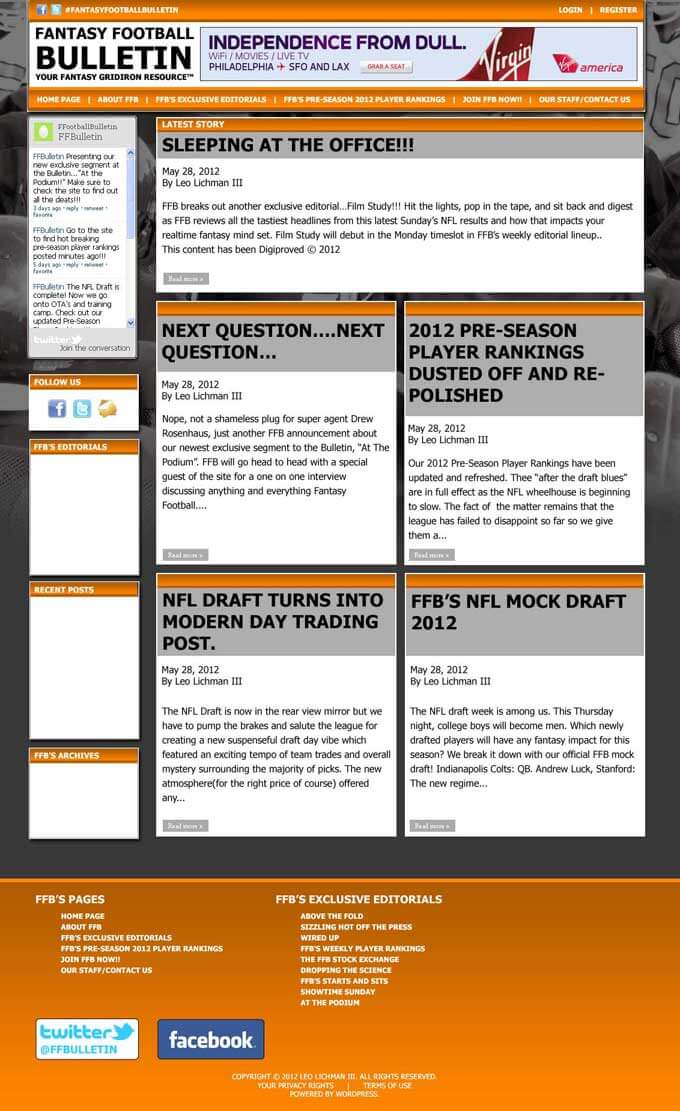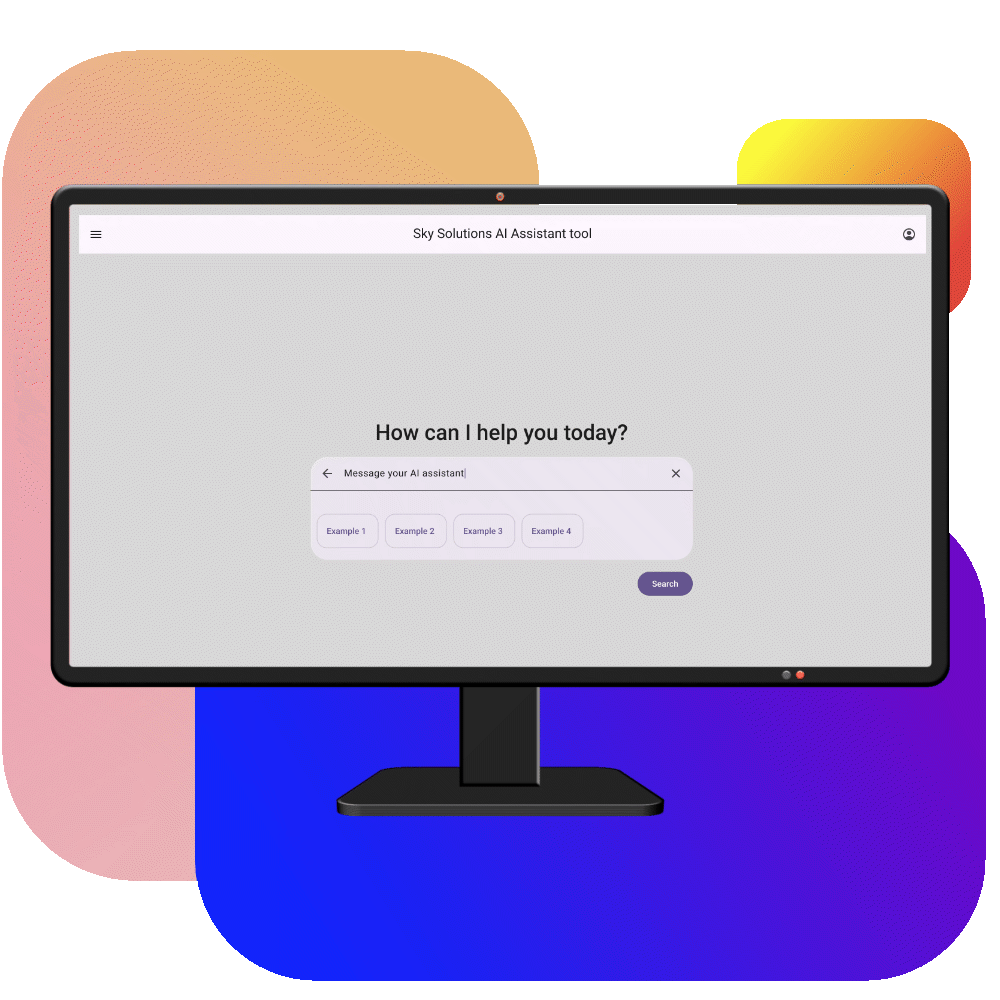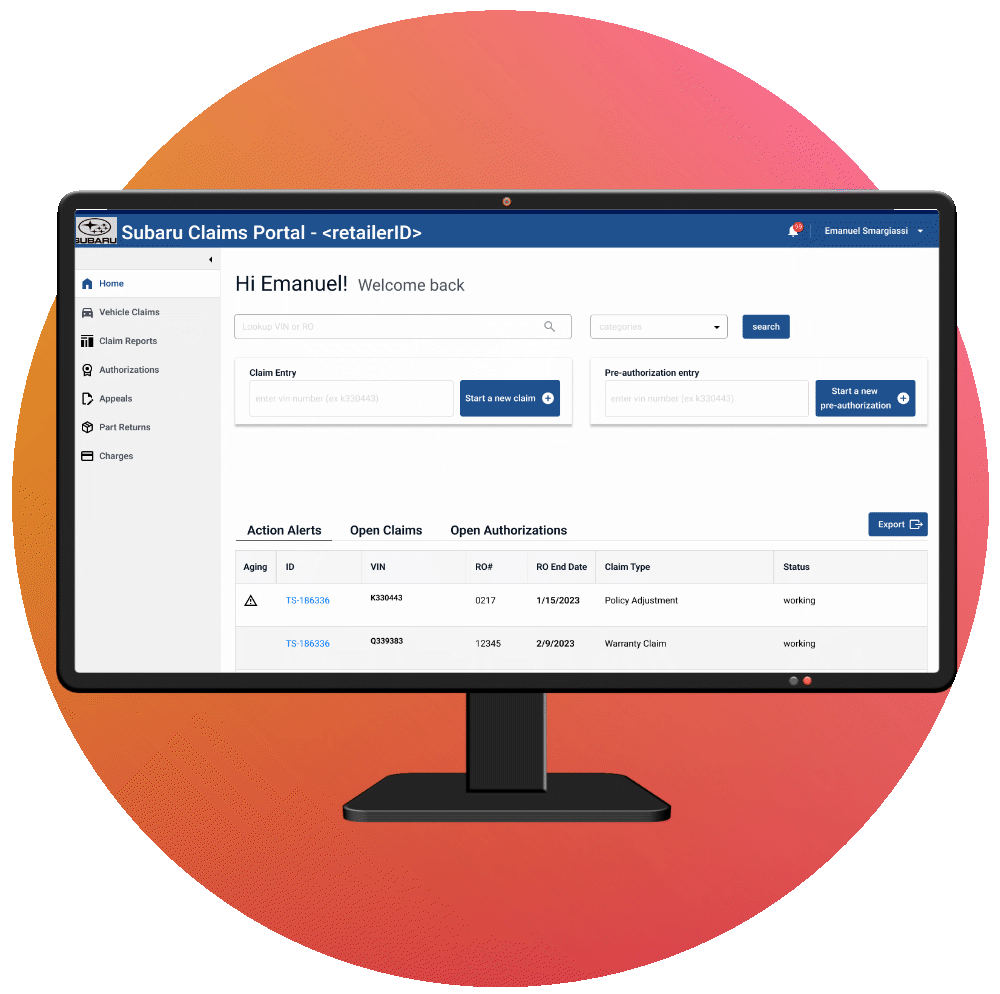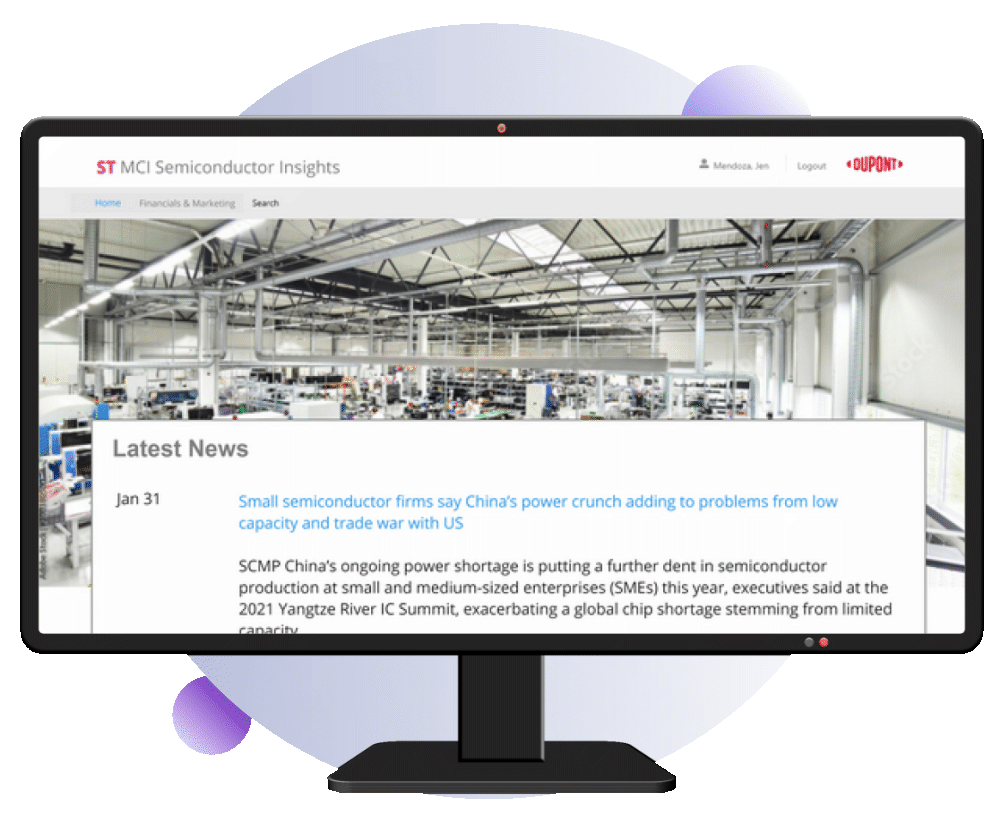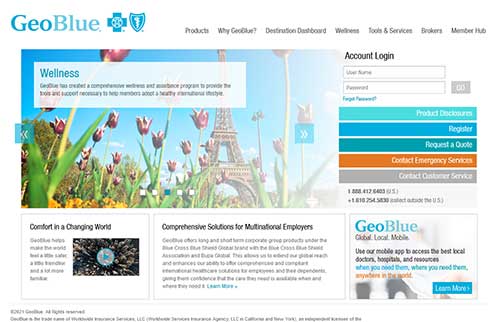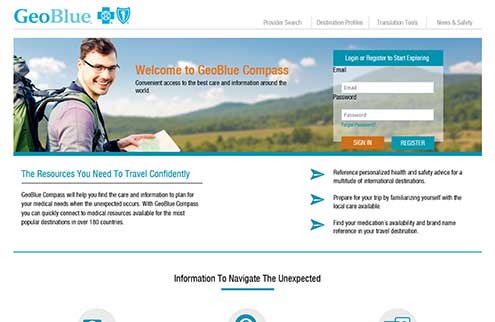Who am I?
Transforming Complexity into Clarity: Crafting Seamless, User-Centric Experiences That Drive Engagement and Delight.
My path to UX wasn’t linear—it began with a love for art and making things people enjoy. I studied fine art and digital media, experimenting with sculpture, animation, and even basic game design, then transitioned into graphic design and print after college. By chance, I joined a digital agency where I learned HTML/CSS, designed emails and webpages, and discovered the power of analytics, A/B testing, and user feedback—long before I even heard the term ‘UX.’ Over the years, I self-taught UX principles through research, collaboration, and trial-and-error across industries like finance, insurance, and government, blending my foundation in layout, color theory, and typography into crafting better experiences. Now based in Allentown, PA, I geek out over design systems, team workflows, and—outside of work—LARP, board games, plants, and my cats.
My tools are Adobe CS, Adobe XD, Figma, Miro, MS Axure RP, and good old pen and paper to sketch out ideas.
